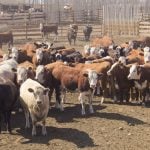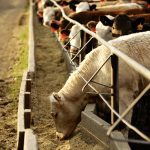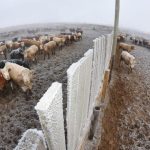Western Manitoba, courtesy of Heartland Livestock Services A light run of cattle this week, with about 300 going through Virden. The majority were feeders, and the remaining 10 per cent butcher cattle. About 40 per cent went to southern Alberta, 30 per cent local, 10 per cent to the east, and 20 per cent to […] Read more














